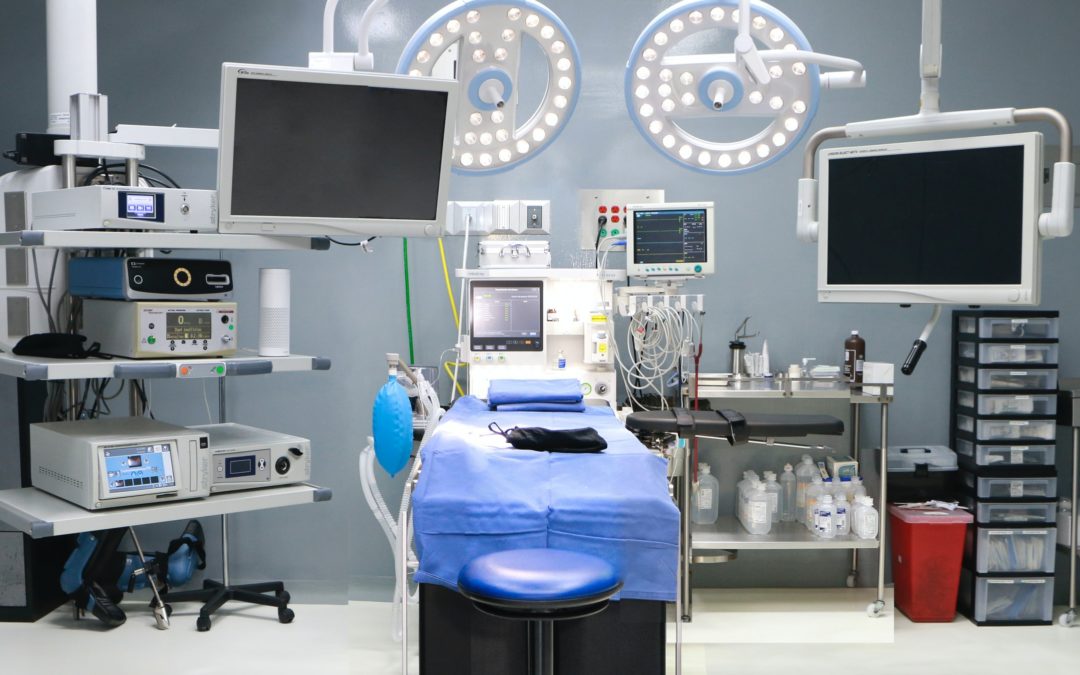Having surgery can be a daunting prospect, especially if it involves one of your body’s central systems. One of the options you should explore with your doctor is minimally invasive surgery. This technique allows the surgeon to create small incisions to perform the procedure, which generally results in shorter recovery times, less pain, and a lower risk of infection. Many procedures can be performed this way, including some kinds of cancer and heart surgery.
There are two main types of minimally invasive surgery: robotic and endoscopic. Robotic surgery is performed by a doctor utilizing a control panel to move a pair of robotic arms. This advanced technology allows surgeons to see a highly detailed 3D image of the surgical area and perform exact movements, thanks to the sophisticated robotic interface. These surgeries occasionally take longer due to the amount of setup required for the mechanical equipment, and, as with all minimally invasive procedures, there is the possibility that the physician will be unable to complete the process via the incision and need to use open surgery.
Endoscopic surgery is when a doctor makes the incision and performs the surgery by hand. The surgeon inserts a thin tube into the incision or orifice (if a natural entry point is used, the surgery may require no incisions). The tube has a camera in it, which transmits the image to a computer. Unfortunately, the physician cannot see the picture in 3D, but this technique still allows the surgeon to accurately perform the procedure with minimal damage to the body.
While minimally invasive surgery still carries risk from general anesthesia and the potential for infection at the incision site, it is becoming much more common than traditional open surgery. This is because patients lose less blood and experience an easier and more rapid recovery. Of course, before getting surgery, you should always discuss your options with your doctor to ensure that it is the best course of action and undergo tests to confirm that you are healthy enough since no surgery is risk-free. However, if your condition is something that can be mitigated or corrected by minimally invasive surgery, it’s undoubtedly an excellent option to consider.

